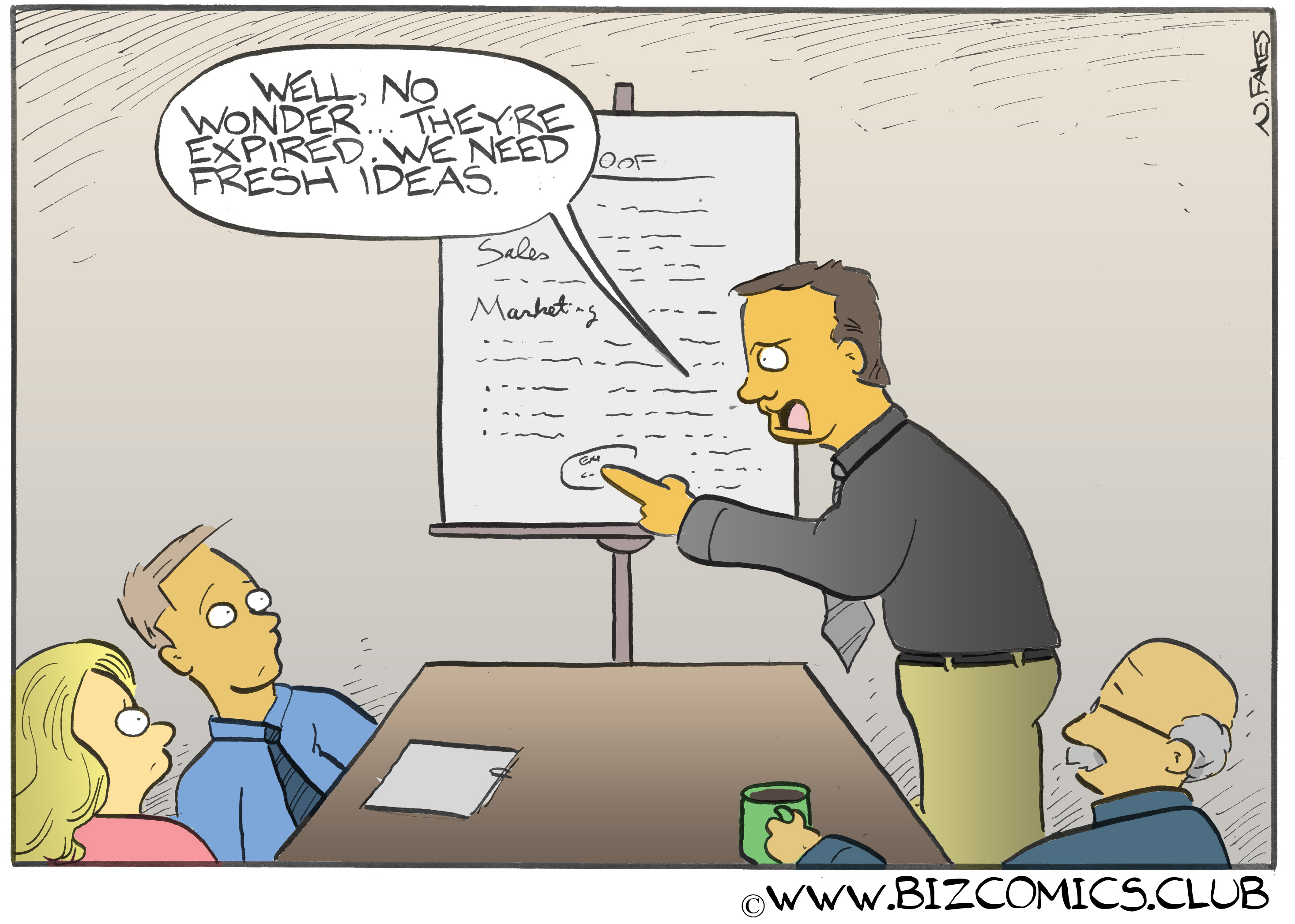Here’s a sad, ironic truth: Marketing departments have to constantly justify their existences, usually to sales departments, and especially if the both departments report to VPs of Sales and Marketing.
It’s sad because it’s so largely unnecessary. Everybody on the inside (the company) is impatient: “We ran the same ad last month.” “We need a new marketing program.” “Why are we using the same tag line?” “Let’s develop a new website.” “We need a new story.” “[Fill in your own variation on this theme here.]” But nobody on the outside (the target audience) has yet had any meaningful opportunity to assimilate and retain your ad, your marketing program, your tag line, your website, your story, or [whatever else you’re compelled to change for the sake of changing it].
It’s ironic because the insistence on new marketing ideas from the sales department is tantamount to the tail wagging the dog. Marketing isn’t a sales-support function. Sales is a marketing-fulfillment function. And the very idea of having a VP of Sales and Marketing — who’s likely a sales guy with no marketing experience or knowledge — is as counterintuitive as it is self-defeating. If the people driving the bus are the ones responsible for generating revenue, the bus will take every short cut and turn down every blind alley, with little regard for creating customer value.
The relationship between sales and marketing is perennially misunderstood and consistently misaligned. Is it any wonder? Few companies, if any, successfully bridge the gap between marketing and sales. As soon as revenues show the first evidence of flagging, focus is lost and business-generating activities come unglued because the gap between strategic marketing and feet-on-the-street sales is never bridged. Confusion reigns. Finger-pointing begins. And lost opportunity multiplies.
Here’s the bitter pill: If we’re the ones who create the ideas — be they marketing or anything else — we’ll get tired of them before anyone else does. So, here’s the moral of the story: Stay the course. Give your ad, your marketing program, your tag line, your website, your story, or [whatever else you’re compelled to change for the sake of changing it] time to work. Your target audience is nowhere near as familiar with your ideas as you are. But they will be if you give them time to get there.
People who don’t believe in universal truths have never worked in marketing departments. But that truth doesn’t have to be sad and ironic.

